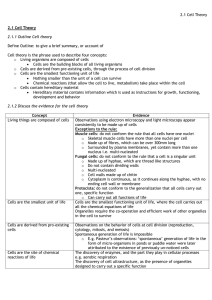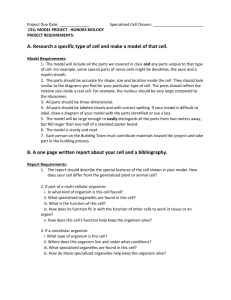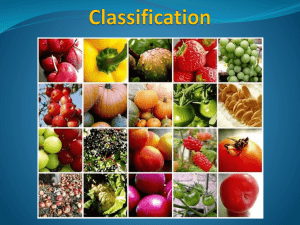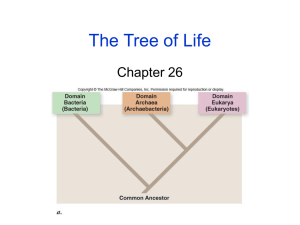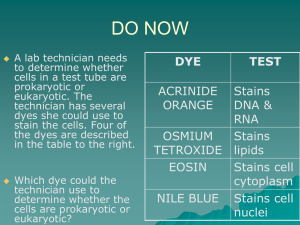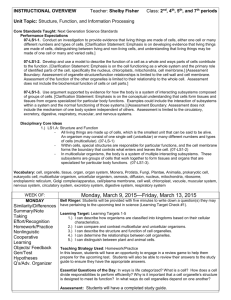organisms fig
advertisement
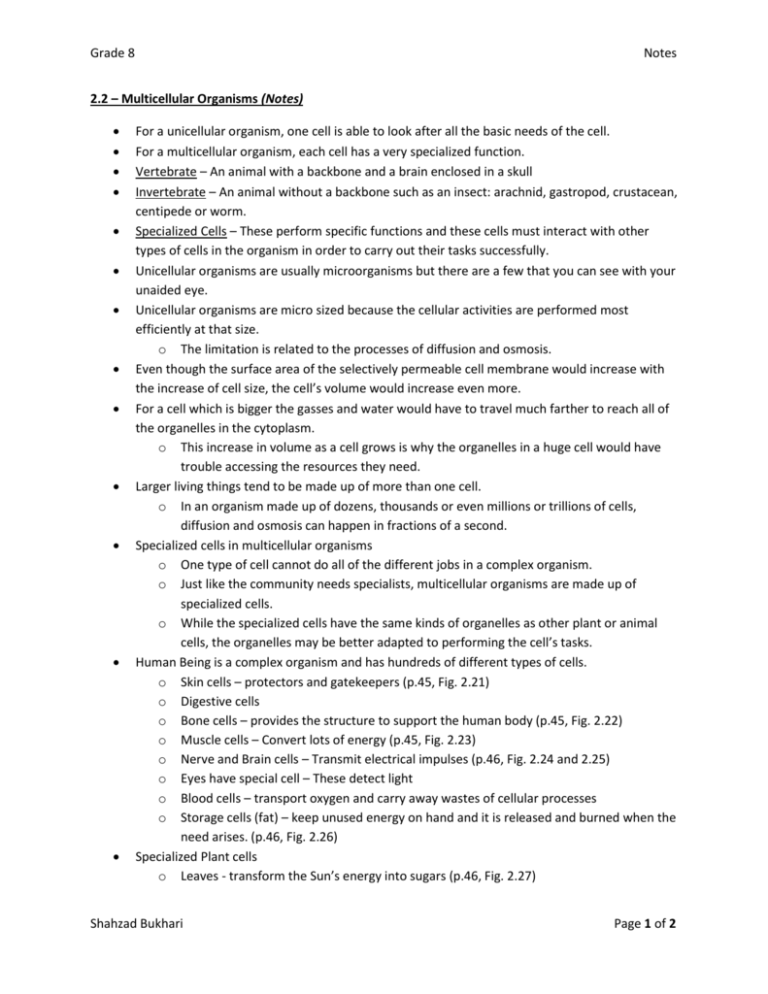
Grade 8 Notes 2.2 – Multicellular Organisms (Notes) For a unicellular organism, one cell is able to look after all the basic needs of the cell. For a multicellular organism, each cell has a very specialized function. Vertebrate – An animal with a backbone and a brain enclosed in a skull Invertebrate – An animal without a backbone such as an insect: arachnid, gastropod, crustacean, centipede or worm. Specialized Cells – These perform specific functions and these cells must interact with other types of cells in the organism in order to carry out their tasks successfully. Unicellular organisms are usually microorganisms but there are a few that you can see with your unaided eye. Unicellular organisms are micro sized because the cellular activities are performed most efficiently at that size. o The limitation is related to the processes of diffusion and osmosis. Even though the surface area of the selectively permeable cell membrane would increase with the increase of cell size, the cell’s volume would increase even more. For a cell which is bigger the gasses and water would have to travel much farther to reach all of the organelles in the cytoplasm. o This increase in volume as a cell grows is why the organelles in a huge cell would have trouble accessing the resources they need. Larger living things tend to be made up of more than one cell. o In an organism made up of dozens, thousands or even millions or trillions of cells, diffusion and osmosis can happen in fractions of a second. Specialized cells in multicellular organisms o One type of cell cannot do all of the different jobs in a complex organism. o Just like the community needs specialists, multicellular organisms are made up of specialized cells. o While the specialized cells have the same kinds of organelles as other plant or animal cells, the organelles may be better adapted to performing the cell’s tasks. Human Being is a complex organism and has hundreds of different types of cells. o Skin cells – protectors and gatekeepers (p.45, Fig. 2.21) o Digestive cells o Bone cells – provides the structure to support the human body (p.45, Fig. 2.22) o Muscle cells – Convert lots of energy (p.45, Fig. 2.23) o Nerve and Brain cells – Transmit electrical impulses (p.46, Fig. 2.24 and 2.25) o Eyes have special cell – These detect light o Blood cells – transport oxygen and carry away wastes of cellular processes o Storage cells (fat) – keep unused energy on hand and it is released and burned when the need arises. (p.46, Fig. 2.26) Specialized Plant cells o Leaves - transform the Sun’s energy into sugars (p.46, Fig. 2.27) Shahzad Bukhari Page 1 of 2 Grade 8 Notes o o Stem (p.46, Fig. 2.28)– transport food and water to the rest of the plant store some food support the plant Roots (p.46, Fig. 2.29) – Store food Absorb water from the soil Transport water and nutrients to the stem We must understand that that: o Multicellular organisms rely on a variety of types of cells to perform cellular functions. These types of cells are called specialized cells. Shahzad Bukhari Page 2 of 2



